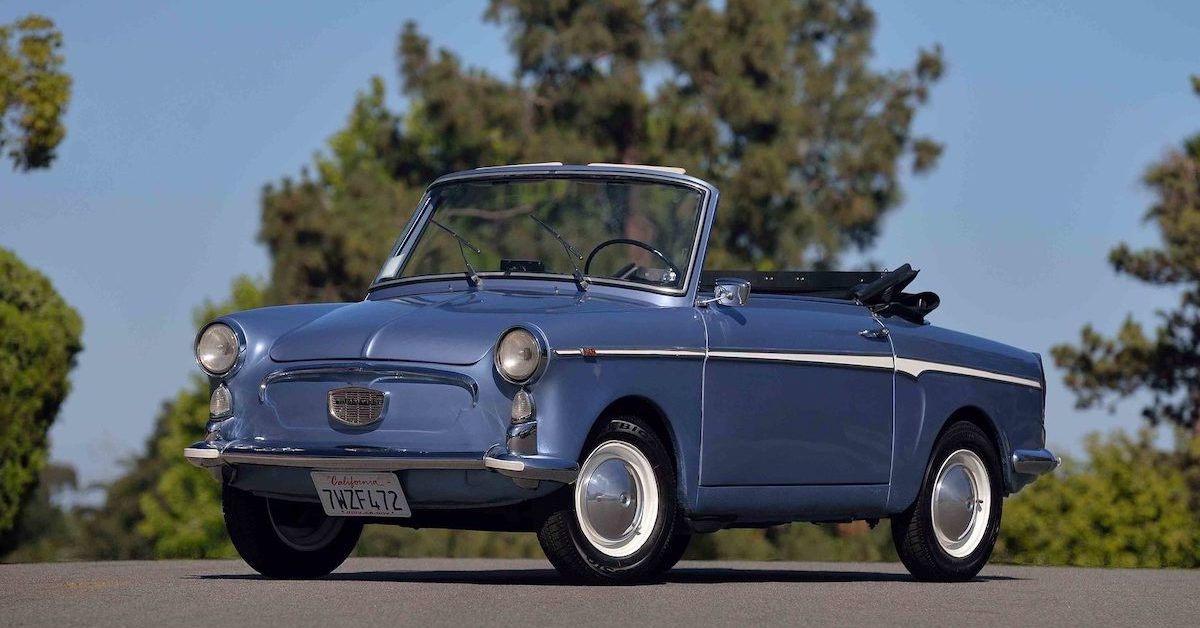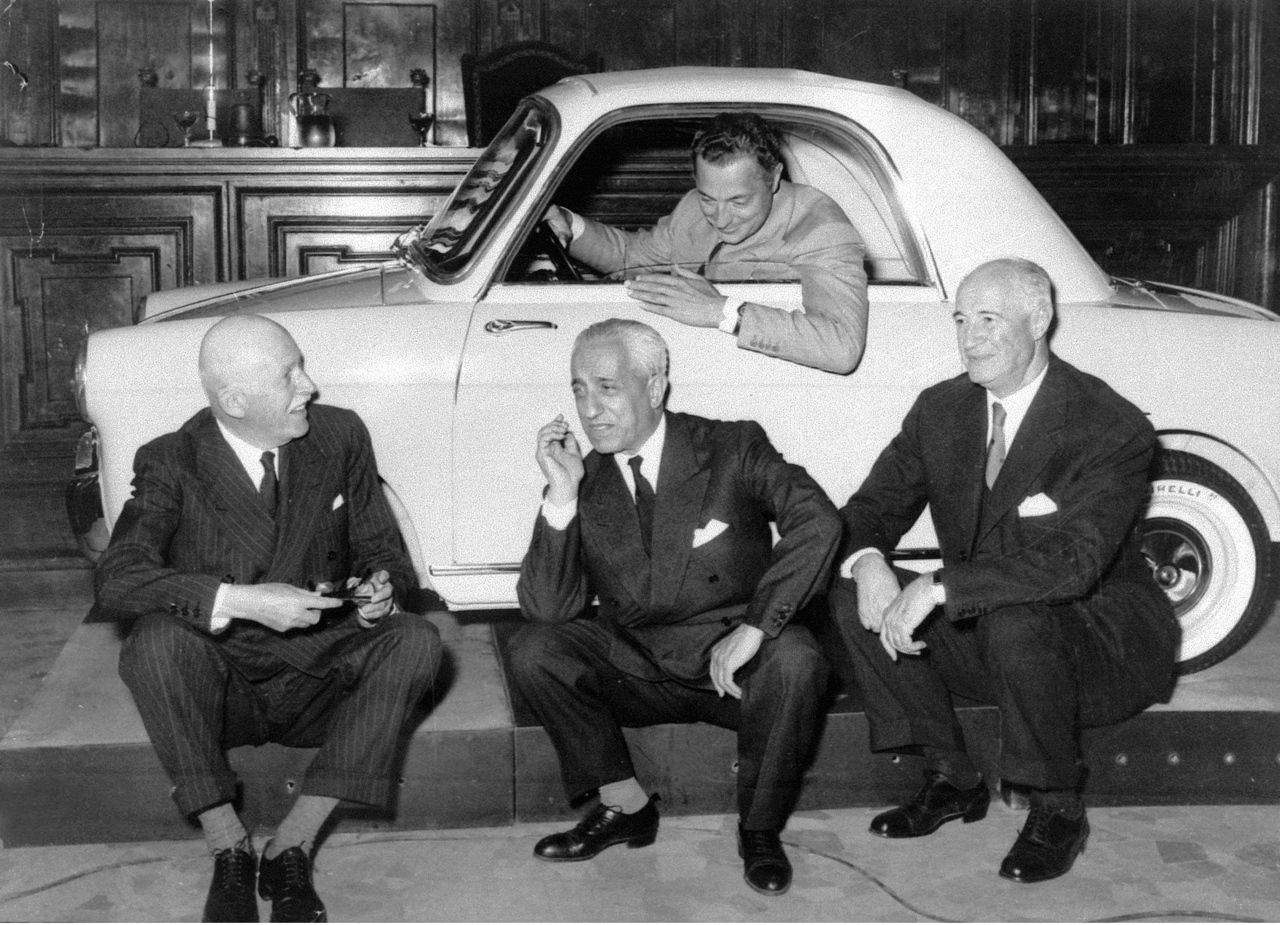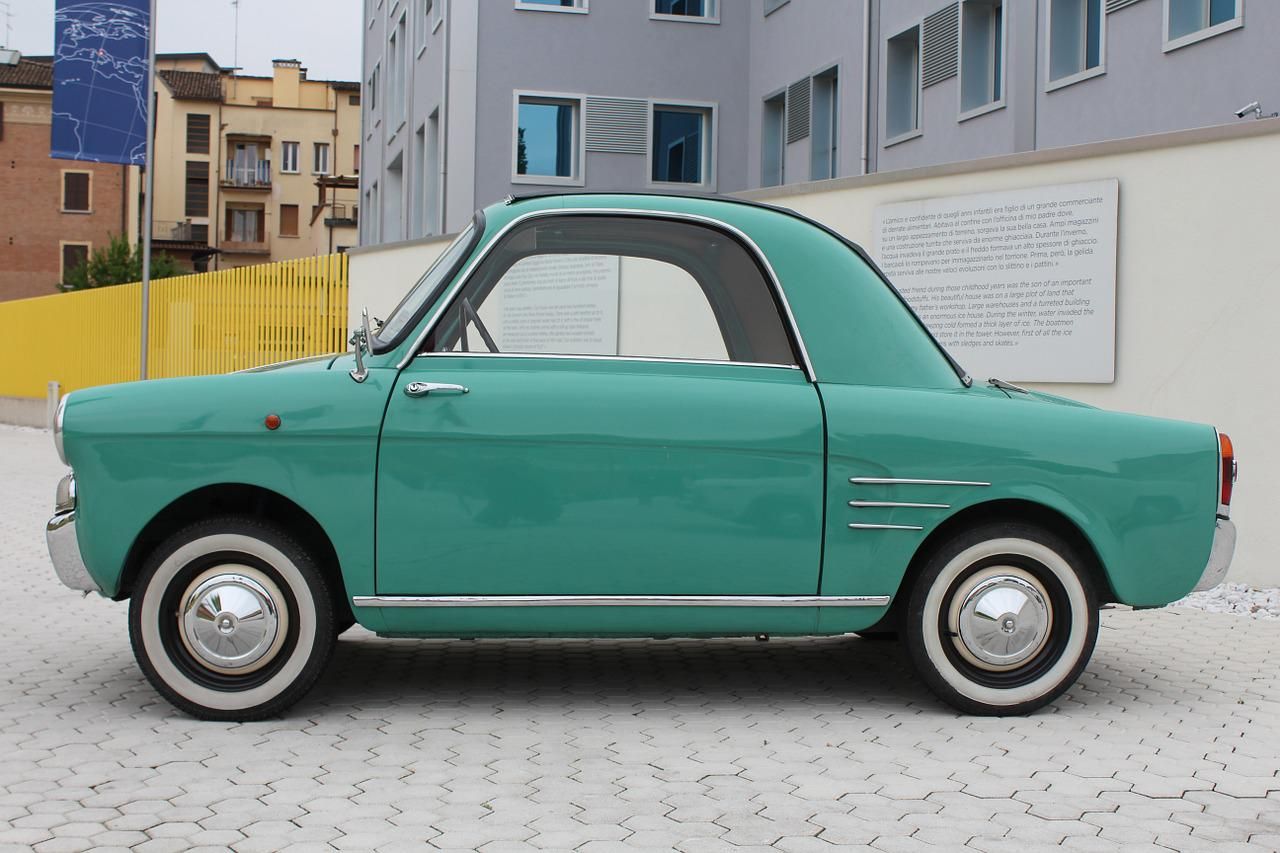When we think about Italian carmakers, what first comes to mind are the world's most renowned supercar manufacturers, Ferrari and Lamborghini. That's more than understandable, but as a result of Italy's supercar fame, people tend to overlook the country's contribution to the everyday, A to B mass-production vehicle segment.
Companies like Fiat, Lanzia, and the protagonist of this article, Autobianchi, have an important and often forgotten history regarding the Italian production of reliable and quirky daily drivers.
In 1885, Eduardo Bianchi founded a humble Bicycle company in Milan. Through the years, it would gradually evolve into the production of motorized bicycles and three-wheelers, and later on, amid the 1920s, Bianchi's company had already begun the production of four-wheel vehicles. Bianchi wouldn't stop there, however, and many years later he would pull many strings to create and release a truly noteworthy automobile: The Autobianchi Bianchina. Let's take a look back at it.
How The Autobianchi Bianchina Was Born
With a dream but not the means to produce a full-on car from scratch, in 1955, Bianchi contacted fellow Italian companies, Fiat and Pirelli, with the far-fetched yet tempting idea to form a partnership that would enable the production of a new vehicle under the Autobianchi brand name. This succesfull proposition resulted in the release of the Autobianchi Bianchina Transformabile in 1957, which was based on the popular Fiat 500 and designed by Luigi Rapi.
The Quirky Styling Of The Bianchina
Many variants of the Autobianchi Bianchina would roll out during the model's 13-year production run that lasted until 1970, though the first was the Transformabile, featuring a fixed A and B pillar which formed a sort of arc that allowed a fabric roof to be raised or lowered depending on the driver's preference.
Further on, the Autobianchi Bianchina would be offered in roadster, saloon, station-wagon, and van configurations, allowing for a world of possibilities and capturing the attention of thousands of buyers.
In terms of general styling, the Bianchina was quite beautiful for a city car of the time, especially when compared to the Fiat 500 upon which it was based. It was curvy, classy, and the attention to detail in every aspect of the vehicle's exterior design was truly noteworthy. These quality design cues were intended to capture the interest of middle to high-class consumers that wanted city cars with a certain degree of extravagance.
Autobianchi Bianchina Performance Specs: Slow But Well-Built
The Bianchina was fitted with a rear-mounted 479 cc Inline 2-cylinder engine capable of putting out 18 horsepower (yes, you read that correctly) and 25 pound-feet of torque. Clearly, those numbers are extremely underwhelming and nothing that would provide even the slightest bit of adrenaline for those driving the Bianchina; but it had other strengths that greatly improved its drivability, even though they may not be noticeable on paper.
Apart from the small, low-performance engine, the Autobianchi Bianchina was actually a pretty impressive piece of machinery. It was mated to a 4-speed manual gearbox, with independent suspension for the 4 wheels, and just about every other aspect of the vehicle's drivetrain made it quite a capable and reliable driver.
Looking back, the Bianchina should be considered as a trailblazer that revolutionized the minicar segment, bringing premium design and build quality to what used to be seen as nothing more than a cheap way to get from one place to another. We're glad Bianchi decided to approach Fiat and Pirelli for this project, and they're probably glad they jumped on board too.




.jpg)